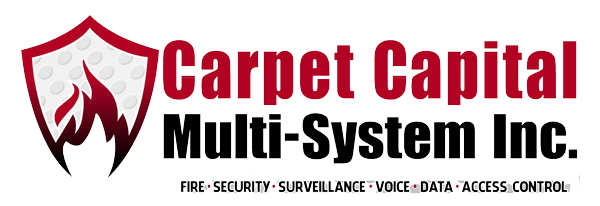How Access Control Systems Work
An access control system, also known as an ACS, helps businesses secure their assets and information. They also help reduce business risks such as unauthorized access and insurance claims.
What Is An Access Control System?
An Access Control System is a security system that keeps track of who enters and exits a building or room. These systems can help you keep track of employees coming and going, and can also help you ensure that only authorized individuals have access to your facilities. Typically, an access control system involves two main components: a server that stores data about who is entering and when, and a card reader that accepts credentials from the user and decides to unlock a door. The server can exist on a computer or cloud-based service, and the reader can be standalone or wired to a server.
In hospitals, doctors’ offices and insurance companies, access control systems help keep confidential patient information secure, preventing unauthorized users from accessing sensitive files and equipment like MRI machines. Similarly, schools and religious centers that have multiple locations can grant different levels of access to people who teach at one campus or work at other locations. Using a combination of both online and standalone components, an access control system can be highly secure and tailored to specific sites with different levels of security requirements. This type of access control is typically used for larger sites, such as offices with high-security requirements, private residential buildings, and server rooms.
How Does an Access Control System Work?
Depending on your needs, there are three types of access control systems: discretionary access control (DAC), mandatory access control (MAC), and rule- or role-based access control (RBAC). In DAC models, the owner or administrator sets policies for the systems, data, or resources that they want to protect. In MAC, a central authority regulates access rights based on information clearance. This method is commonly used in government and military environments. RBAC allows organizations to set permissions based on groups, roles, and actions that users perform. This type of system is more flexible than MAC and can be used for different purposes, including IT rooms and server spaces, for example. Access control systems can also track people’s arrivals and departures, deterring theft. These features can be particularly useful for businesses that process credit card data or need to meet PCI standards.
Call Us Today
Modern access control systems offer more than just security; they also streamline countless routine processes for businesses. From visitor management programs to time-stamping access, these systems make it easy for business owners to keep track of what’s happening in their facilities. For example, if someone enters the building through a doorway that’s not supposed to be open, an access control system can alert you immediately and send you an instant report on who it was and when it happened. In addition, many systems allow you to integrate with third-party technologies that will further increase the security of your building. These may include lights that turn on when someone is in a room and off when they leave, temperature controls that adjust accordingly to save energy costs, or elevators that automatically open when there are a high number of people on board.
In short, modern access control is the key to keeping data secure and preventing breaches. It’s especially important for organizations that have hybrid cloud and multi-cloud environments where resources, apps, and data live both on premises and in the cloud. At Carpet Capital Multi-System, Inc., we make sure the access control and gate system you install is the perfect solution for your property. Call today to learn more!

